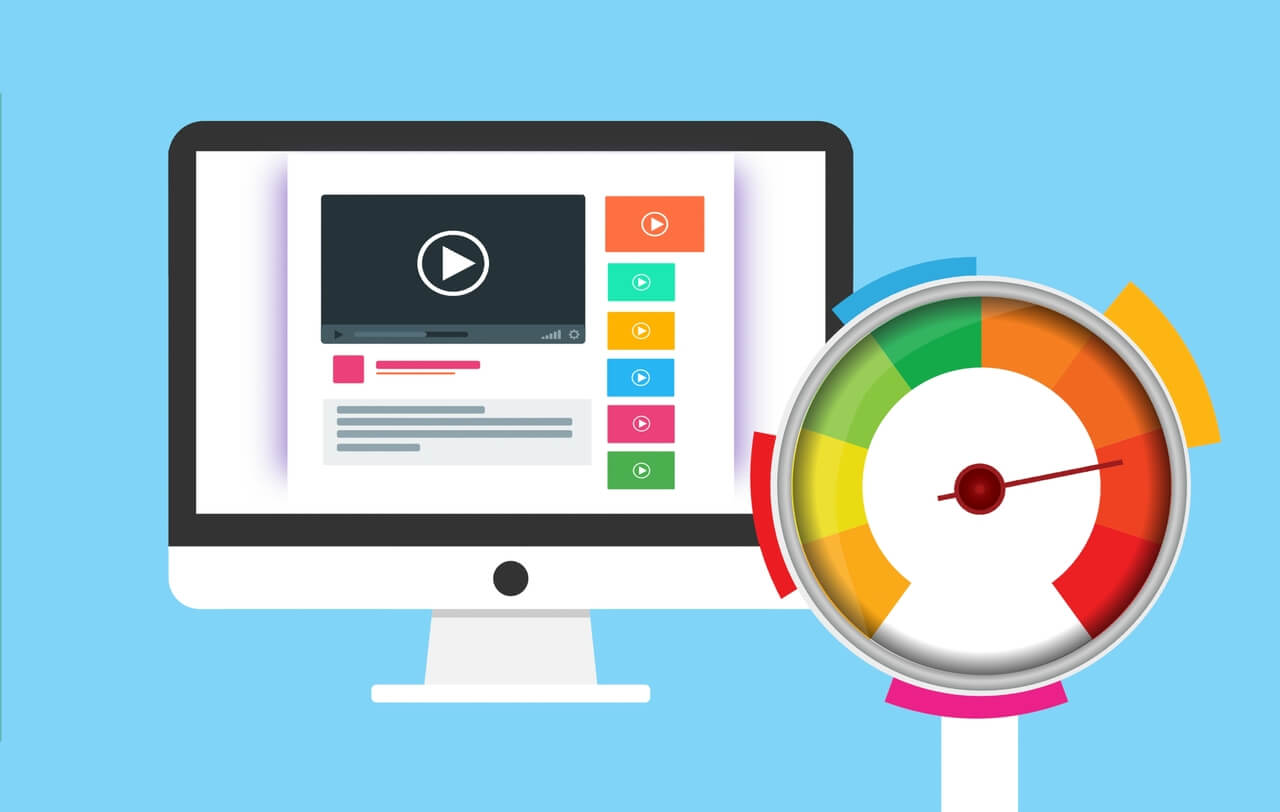Download speed has always been and will be a top priority for websites. Hеre is some results of each delay on the website from the experts:
– conversion decreased by 7%;
– the degree of customer satisfaction decreased by 16 points;
– pages viewed 11% less than usual.
A little less than half of the visitors may not wait for the page to load if it does not happen within the first three seconds!
Now you understand that by speeding up your website, you will gain an advantage over competitors who did not care about the speed of their website.
1. HTTP requests: minimize for each element
80% of the website’s loading time is spent loading elements such as images, scripts and style sheets. The more of these components you have, the more HTTP requests.
2. Hosting plan: cheaper is not always better
The speed of the website and your chosen plan and company are inseparable things, so choose the website that will provide the maximum speed to your website. There are 4 types of web hosting in total:
– Shared hosting
– VPS hosting
– Dedicated server
– Cloud hosting
They differ in the type of accommodation, resources, price and reliability level.
3. TTFB:
Time To First Byte is a dimension used to indicate the responsiveness of a web server or other network resource.
This is an important parameter that determines the speed of a website. Ideally, this parameter should not exceed 200 ms.
4. Run a compression audit for fast loading
With this item, everything is extremely simple: the smaller the file in size, the faster it loads. If this does not harm the quality, then reducing files is a great way to speed up your website.
5. Images: size is everything
The visual on the site is one of the most important components: if you do not use images, the page will be boring and uninteresting and, most likely, in the eyes of visitors (potential customers!) It will seem unreliable and unprofessional. Reducing the size of images is the best option when there are several elements per product.
6. Video? We use external platforms!
Video can greatly slow down the loading of a site if they are not optimized. What does this mean? It’s just that when you upload a demo video you post it on the server, which takes up a lot of space. There is a solution: post the video on a third-party platform – for example, on YouTube. After that, you can embed it on your website, which will save space on the server and increase speed.
7. Domain Name System: Choose a Fast Provider
When a user does a DNS lookup, it can take a lot of time, so if you search slowly, the best way is to contact the provider, which will provide you with faster service.
8. Important: enable browser caching
A cache is a temporary storage of data on a hard drive. If each time the elements are stored in it, the browser will be able to load the page without sending an additional HTTP request to the server. That is why to increase the speed of the site when returning visitors, you need to enable caching.
9. Do not use plugins? Delete them!
Plugins are an effective tool to improve site performance, they make life much easier. But their overabundance is also undesirable: in general, it slows down the download, so it’s better to choose a few that you will definitely use.
10. CDN: contrary to distance
Knowing that the site is located on the server, it is logical to assume that it will load faster for those users who are geographically closer to the server. Use a content delivery network – CDN. This system caches your site on global server networks. Therefore, when someone requests a file from your website, he is sent to the server closest to his physical location.
Do you think that it’s enough just to start a site and forget about it? The trends are such that in modern conditions the importance of the speed of loading a website cannot be neglected. Therefore, it must be constantly monitored and, if necessary, regulated.

